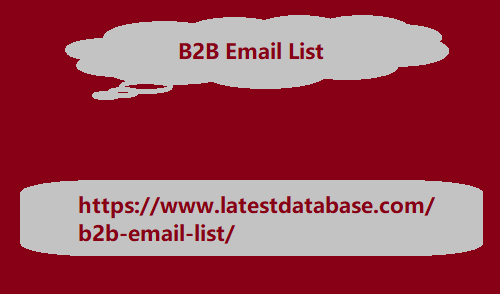Post by account_disabled on Jan 22, 2024 7:58:27 GMT
A brand book is an effective tool for the brand platform, the company’s “bible,” which determines the business development strategy and methods of communication with clients. Purpose of the brand book A brand book is an official guide to help manage a brand. This is a document for internal use of the company, helping to understand the positioning, concepts, values and core ideas of the brand. It contains a guideline that describes the conditions for the visual design of the brand, as well as a conceptual part. The conceptual part describes the company's target audience, customer avatars and the main characteristics of customers. Also the core values of the brand, promotion strategies, corporate identity. The main goal of the brand book is to define the company’s vision, which is easy to convey to each employee and direct their activities for the benefit of common goals. Creation of a brand book for a company Creation of a brand book for a company Does your company have a brand book? No? Do you want to order development?
If you haven't thought about it yet, now is the time. Any leading company should have a brand book in its arsenal. Corporate style, description of the brand, its values, ideas, promotion ideology, a set of rules for the design of products that help increase popularity - this and much more is contained in the document. Therefore, it cannot be called simply a coordinating publication. Effective communications with consumers and the development of the orga B2B Email List nization as a whole is what a brand book provides. The cost of creation is completely justified, since the presence of a guiding manual significantly facilitates the company’s activities and helps it regulate many working issues. Main blocks Main blocks The brand book design does not have a clear structure. It can be divided into blocks conditionally: The first part usually describes the platform, that is: what is the purpose, what are the values, the basic philosophy and other important points that reveal the essence of the organization and the relationship between it and the clients-consumers of the goods or services provided.

Such information is necessary primarily for public relations and brand promotion specialists. The second part, called the Guideline, determines how the logo and brand name looks: style, colors. In addition, the block provides information on how the media is prepared, that is, business documentation and marketing materials: advertising, souvenirs (pens, cups, key rings, etc.), uniforms, and so on. Each company has its own specific activities, so developing a brand book requires an individual approach when determining the number and types of media. Purpose: marketing, advertising and printing departments of the company. The third part, called Cutguide, describes technologies for creating outdoor advertising, websites, teaching methods, building interiors/exteriors and transport. Purpose: employees working in departments (branches), contractors.
If you haven't thought about it yet, now is the time. Any leading company should have a brand book in its arsenal. Corporate style, description of the brand, its values, ideas, promotion ideology, a set of rules for the design of products that help increase popularity - this and much more is contained in the document. Therefore, it cannot be called simply a coordinating publication. Effective communications with consumers and the development of the orga B2B Email List nization as a whole is what a brand book provides. The cost of creation is completely justified, since the presence of a guiding manual significantly facilitates the company’s activities and helps it regulate many working issues. Main blocks Main blocks The brand book design does not have a clear structure. It can be divided into blocks conditionally: The first part usually describes the platform, that is: what is the purpose, what are the values, the basic philosophy and other important points that reveal the essence of the organization and the relationship between it and the clients-consumers of the goods or services provided.

Such information is necessary primarily for public relations and brand promotion specialists. The second part, called the Guideline, determines how the logo and brand name looks: style, colors. In addition, the block provides information on how the media is prepared, that is, business documentation and marketing materials: advertising, souvenirs (pens, cups, key rings, etc.), uniforms, and so on. Each company has its own specific activities, so developing a brand book requires an individual approach when determining the number and types of media. Purpose: marketing, advertising and printing departments of the company. The third part, called Cutguide, describes technologies for creating outdoor advertising, websites, teaching methods, building interiors/exteriors and transport. Purpose: employees working in departments (branches), contractors.





